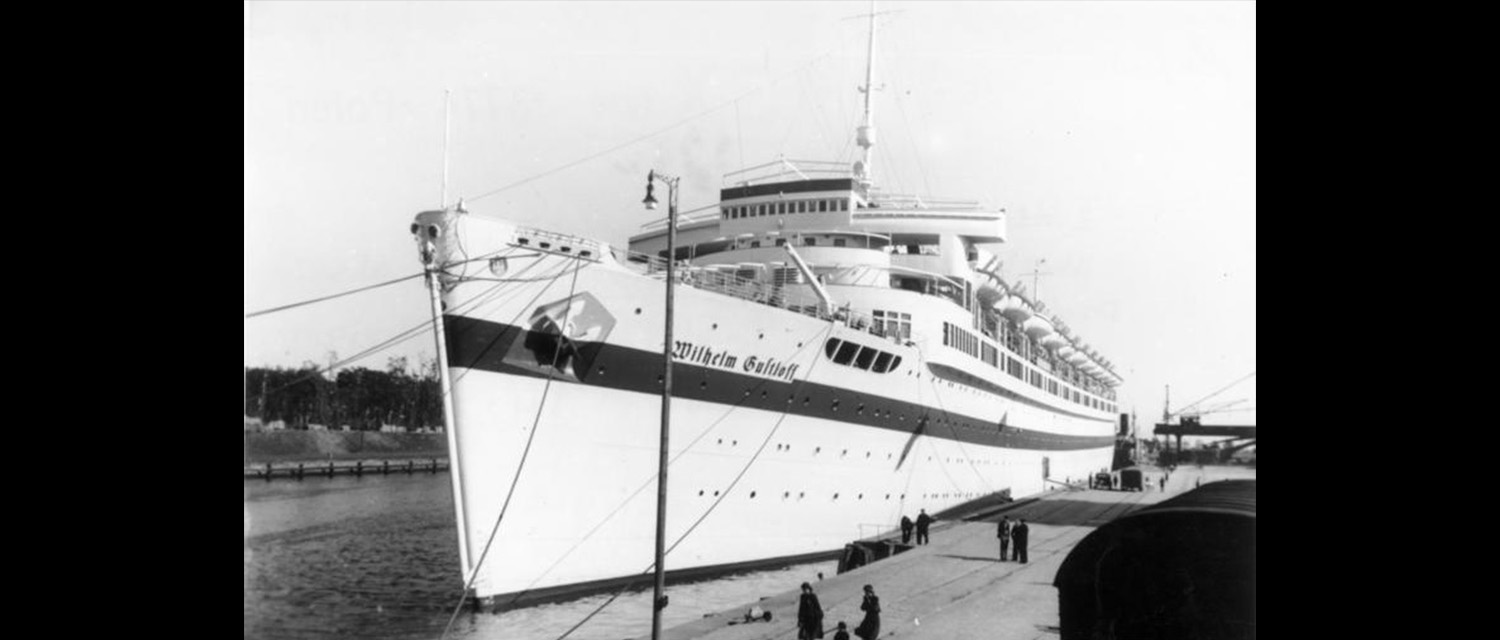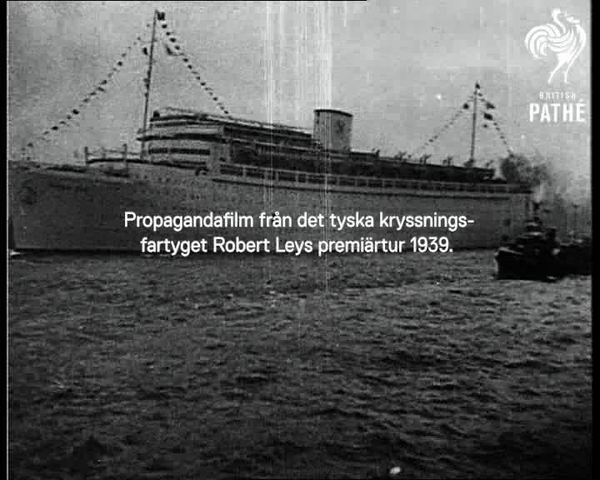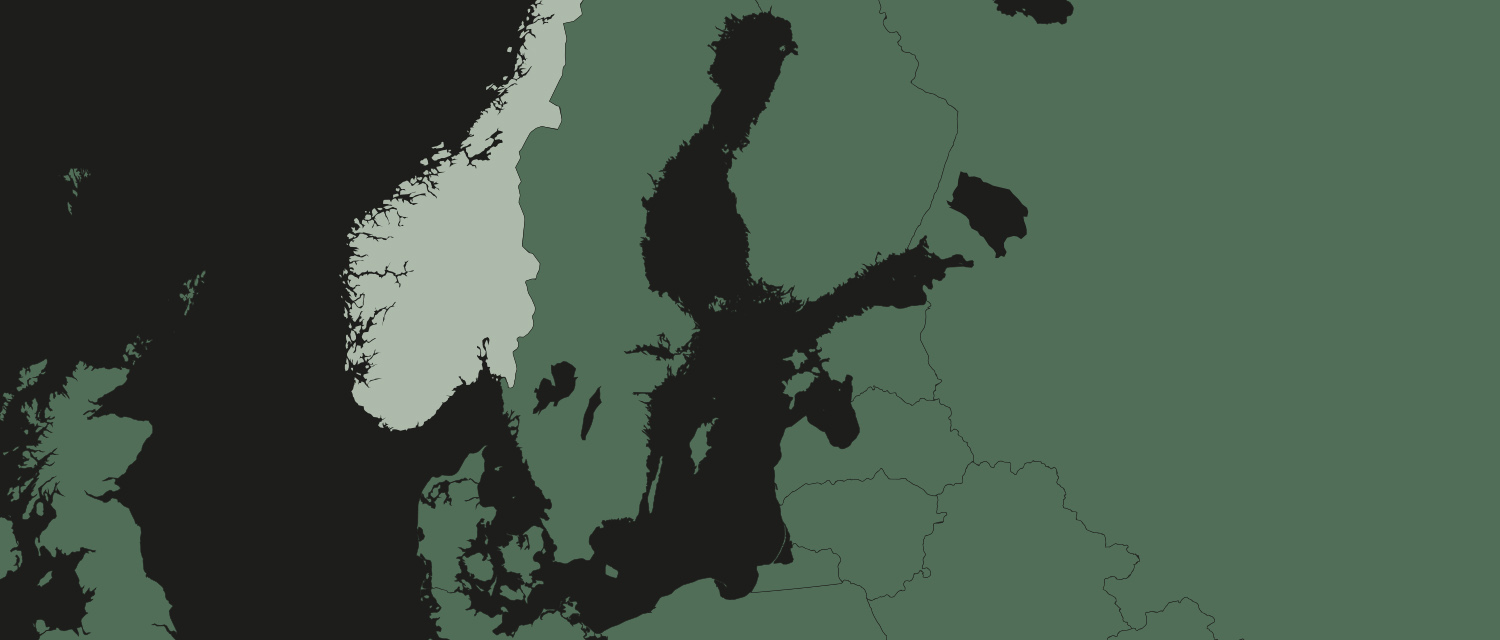In 1933, the German Nazi organisation Kraft durch Freunde was founded. It would organise various leisure activities, trips and holidays for the German population. The cruise ship Wilhelm Gustloff was an important part of the business. But during the war, the ship was torpedoed and more than 9,000 people died.
The ship, over 200 metres long, was named after a Nazi politician. As a cruise ship, it could carry nearly 1,500 passengers. When World War II broke out, it was first converted into a hospital ship. Later, it became a training vessel in Gotenhafen, in present-day Gdynia, Poland.
In January 1945, Russian troops were steadily advancing. German troops and refugees fled towards the Polish port cities. An evacuation became necessary, and at the end of January Wilhelm Gustloff took some 10,000 people on board ranging from submarine crew, naval officers and wounded soldiers to women and children on the run. Conditions on board were demanding, and the freezing January temperatures at 18 degrees below zero didn’t make life any easier.
On the evening of 30 January, the ship was struck by three torpedoes from the Russian submarine S13. The first hit the ship’s bow, and the other struck near a swimming pool on board where almost 400 members of the woman voluntary defence organization were placed. The third torpedo struck near the engine room, which quickly filled with water.
A great number of vessels rushed to the scene to assist in the rescue. Despite this, more than 9,000 people died. It is one of the biggest ship disasters ever.
Today, the Wilhelm Gustloff is located at a depth of nearly 50 metres and is classified as a war grave.







